
What is an Atomic Swap? - A Comprehensive Guide

In the ever-evolving world of cryptocurrencies, new technologies emerge consistently, each playing its part in transforming the landscape.
One such technology that is currently gaining attention is Atomic Swaps, a concept that promises to improve the way we trade cryptocurrencies.
This article aims to provide a comprehensive understanding of atomic swaps, exploring their definition, working principles, benefits, and potential applications.
What are Atomic Swaps?
Atomic Swaps, also known as atomic cross-chain trading, are smart contracts technology that enables exchange between one cryptocurrency for another without using centralized intermediaries, like exchanges.
These swaps are 'atomic' because they are indivisible, meaning that the swap either happens entirely or not at all, ensuring that all parties maintain the integrity of their funds during the transaction.
How Do Atomic Swaps Work?
To understand how Atomic Swaps work, it's important to first comprehend two key concepts: Hash Time-Locked Contracts (HTLCs) and Time-Locked Contracts.
Hash Time-Locked Contracts (HTLCs): This is a class of payments that use hash-locks and time-locks that require the receiver of a payment to acknowledge receiving the payment prior to a deadline by generating cryptographic proof of payment or forfeit the ability to claim the payment, returning it to the payer.
Time-Locked Contracts: These contracts, as the name suggests, lock a transaction for a specific period. It's an important aspect of Atomic Swaps as it ensures that the transaction happens as agreed by both parties.
With these fundamentals in place, an Atomic Swap occurs in several steps:
Transaction Proposal: The initiator proposes a trade to the participant, outlining the details of the transaction, including the amount and type of cryptocurrency to be swapped.
HTLC Setup: The initiator creates a HTLC and sends the proposed cryptocurrency. The HTLC generates a hash and a cryptographic puzzle, which the participant needs to solve to access the funds.
Participant Verification: The participant checks the transaction, verifies the details, and creates their own HTLC.
Solution Sharing: The participant solves the initiator's cryptographic puzzle, thus sharing the solution with the initiator. In doing so, they reveal their own puzzle solution, which the initiator can now solve.
Completion of Swap: The initiator uses the participant's puzzle solution to unlock the participant's HTLC, receiving their funds.
Simultaneously, the participant unlocks the initiator's HTLC using the initially shared puzzle solution.
If either party cannot solve the puzzle within the time-lock period, the funds are returned to their original owner.
Atomic Swap - Step by Step Process
To carry out an atomic swap, both parties must agree on the exchange rate and amounts to trade. Once these details are agreed upon, the process unfolds in the following steps:
Creation of Contract: The first party (Alice) initiates the process by creating a contract, which is essentially a program that specifies the terms of the transaction, including the amount of cryptocurrency to be traded and a unique cryptographic hash value.
Contract Locking: Alice then locks her funds into this contract. She's the only one who can unlock the funds using her private key, but she also sets a time limit for the transaction to be completed.
Contract Address Sharing: Alice shares the contract address with the second party (Bob). Bob verifies the contract address and the locked funds.
Contract Duplication: Bob then creates a similar contract on his blockchain, using the same hash value as Alice’s contract. Bob locks his funds in this contract.
Transaction Completion: Alice can now unlock Bob's funds using her private key, thus validating the swap. Once Bob sees that his funds have been withdrawn, he can unlock Alice's contract and take the cryptocurrency.
If either of them fails to unlock the funds within the time limit, the trade is automatically canceled, and the funds return to their original owners.
Benefits of Atomic Swaps
Atomic Swaps offer numerous benefits, including:
- Decentralization: Atomic Swaps remove the need for a central authority or third-party service like a cryptocurrency exchange, thus enforcing the true essence of blockchain - decentralization.
- Reduced Costs: Since no intermediaries are involved, Atomic Swaps can help cut down on transaction fees.
- Increased Privacy: Unlike traditional exchanges that require Know Your Customer (KYC) procedures, Atomic Swaps can be done directly between users, enhancing privacy.
- Interoperability: Atomic Swaps facilitate cross-chain transactions, fostering interoperability between different blockchains.
Limitations and Challenges
Despite its promising benefits, Atomic Swaps also have their limitations and face several challenges:
- Liquidity Issues: As Atomic Swaps are peer-to-peer, there may be problems finding a match for the specific swap you want to make, leading to liquidity issues.
- Technical Complexity: The concept and execution of Atomic Swaps can be technically challenging for many users.
- Blockchain Compatibility: Not all blockchains are compatible with Atomic Swaps, limiting the range of cryptocurrencies that can be swapped.
Can Atomic Swaps be Tracked?
As atomic swaps happen on the blockchain, all transactions are transparent and can be tracked. However, the identities of the trading parties remain private unless they choose to disclose them.
The nature of the transaction, whether it's an atomic swap or a regular transaction, can be understood from the way it's processed on the blockchain.
Atomic Swap vs Bridge
While atomic swaps and bridges are both technologies that enable interoperability between different blockchains, they serve different purposes:
Atomic Swaps: As explained above, atomic swaps allow users to directly and securely exchange one type of cryptocurrency for another, without needing an intermediary like an exchange.
Bridges: These are protocols that connect two different blockchains, allowing a token from one blockchain to be used on another and vice versa.
For instance, a user can send Ethereum tokens to a bridge, which then locks up the Ethereum and mints a corresponding amount of a new token on a different blockchain.
This newly minted token can then be used on the second blockchain as if it were Ethereum. When the user is done, they can send back the token to the bridge, which will burn it and unlock the original Ethereum.
In summary, while atomic swaps focus on exchanging different cryptocurrencies directly, bridges aim to make a single cryptocurrency usable across different blockchains. Both technologies are vital in promoting interoperability in the crypto space.
The Future of Atomic Swaps
Atomic Swaps hold immense potential. They can revolutionize the way we trade cryptocurrencies, making the process more private, secure, and decentralized.
While the technology is still in its early stages, the active development and growing interest from the blockchain community signal a promising future.
Frequently Asked Questions
Q1. Are Atomic Swaps safe?
Atomic Swaps are considered safe due to the nature of the technology itself. Since the transactions are 'atomic,' they either occur in full or not at all, thus ensuring safety. However, like all technologies, users should do their research and ensure they are dealing with trusted parties.
Q2 Can I perform an Atomic Swap with any cryptocurrency?
No, not all cryptocurrencies currently support Atomic Swaps. Both cryptocurrencies involved in the swap need to support the same hash function and have the ability to create time-locked contracts.
Bitcoin and cryptocurrencies that forked from Bitcoin's code (like Litecoin) are among those that can engage in Atomic Swaps.
Q3. How long do Atomic Swaps take?
The duration of an Atomic Swap can vary based on a few factors such as network congestion and the time-lock duration set for the transaction. Some swaps could occur in minutes, while others might take hours.
Q4. Do I need to be technically skilled to perform Atomic Swaps?
While the underlying technology of Atomic Swaps can be complex, various platforms have simplified the process. Using Atomic Swap-enabled exchanges, the user interface can guide a user through the process.
Q5. Can Atomic Swaps be reversed?
Once completed, Atomic Swaps cannot be reversed. However, if the swap is not completed within the specified time, the locked funds will be returned to the respective owners.
Q6. Is it necessary to have a wallet to perform Atomic Swaps?
Yes, since Atomic Swaps involve a direct, peer-to-peer exchange of cryptocurrencies, both parties need to have their own wallets for the respective cryptocurrencies.
Q7. What are some of the potential use cases for Atomic Swaps?
Apart from trading, Atomic Swaps can also be used in multi-signature transactions, payment channels, and cross-chain payment routing.
Q8. How does an Atomic Swap differ from trading on a regular crypto exchange?
Traditional crypto exchanges require depositing funds into an exchange wallet, and trades are facilitated by the exchange itself, acting as an intermediary.
Atomic Swaps, on the other hand, allow users to keep control of their funds in their own wallets until the moment the trade happens, eliminating the need for intermediaries.
Conclusion
Atomic Swaps are transforming the crypto trading landscape by providing a decentralized, secure, and efficient way to exchange cryptocurrencies.
By understanding and leveraging this technology, crypto enthusiasts can participate more fully in the blockchain revolution.
Remember, while the promise of Atomic Swaps is compelling, it's always crucial to conduct your own research and consider your risk tolerance before diving into any new crypto technology. Stay informed, stay secure, and stay ahead with Token Metrics.
Disclaimer
The information provided on this website does not constitute investment advice, financial advice, trading advice, or any other sort of advice and you should not treat any of the website's content as such.
Token Metrics does not recommend that any cryptocurrency should be bought, sold, or held by you. Do conduct your own due diligence and consult your financial advisor before making any investment decisions.

.svg)

Create Your Free Token Metrics Account

.png)




%201.svg)
%201.svg)


%201.svg)











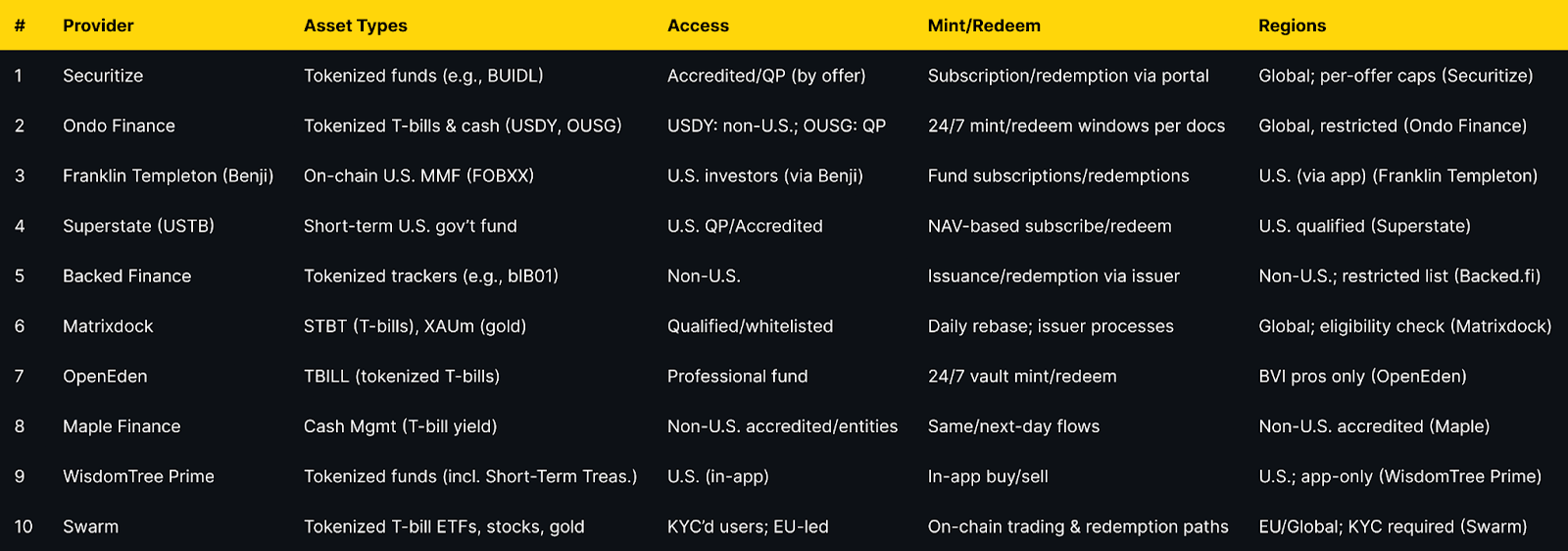


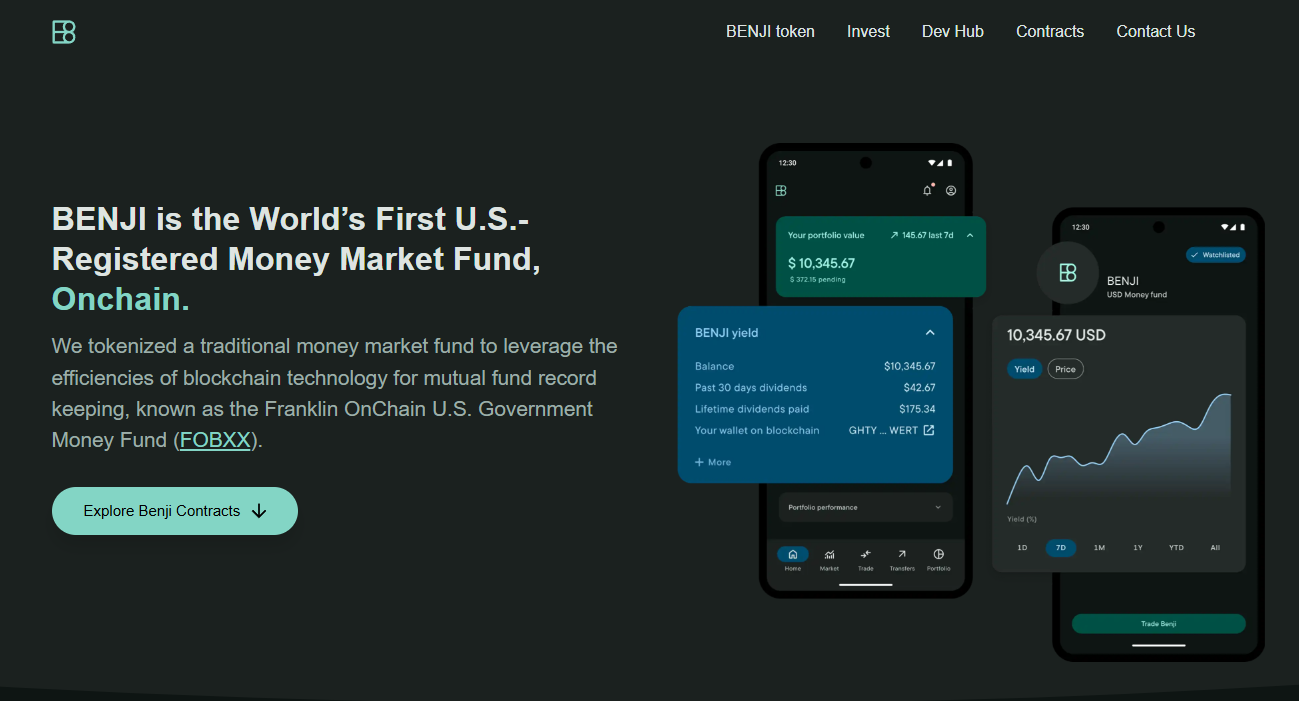

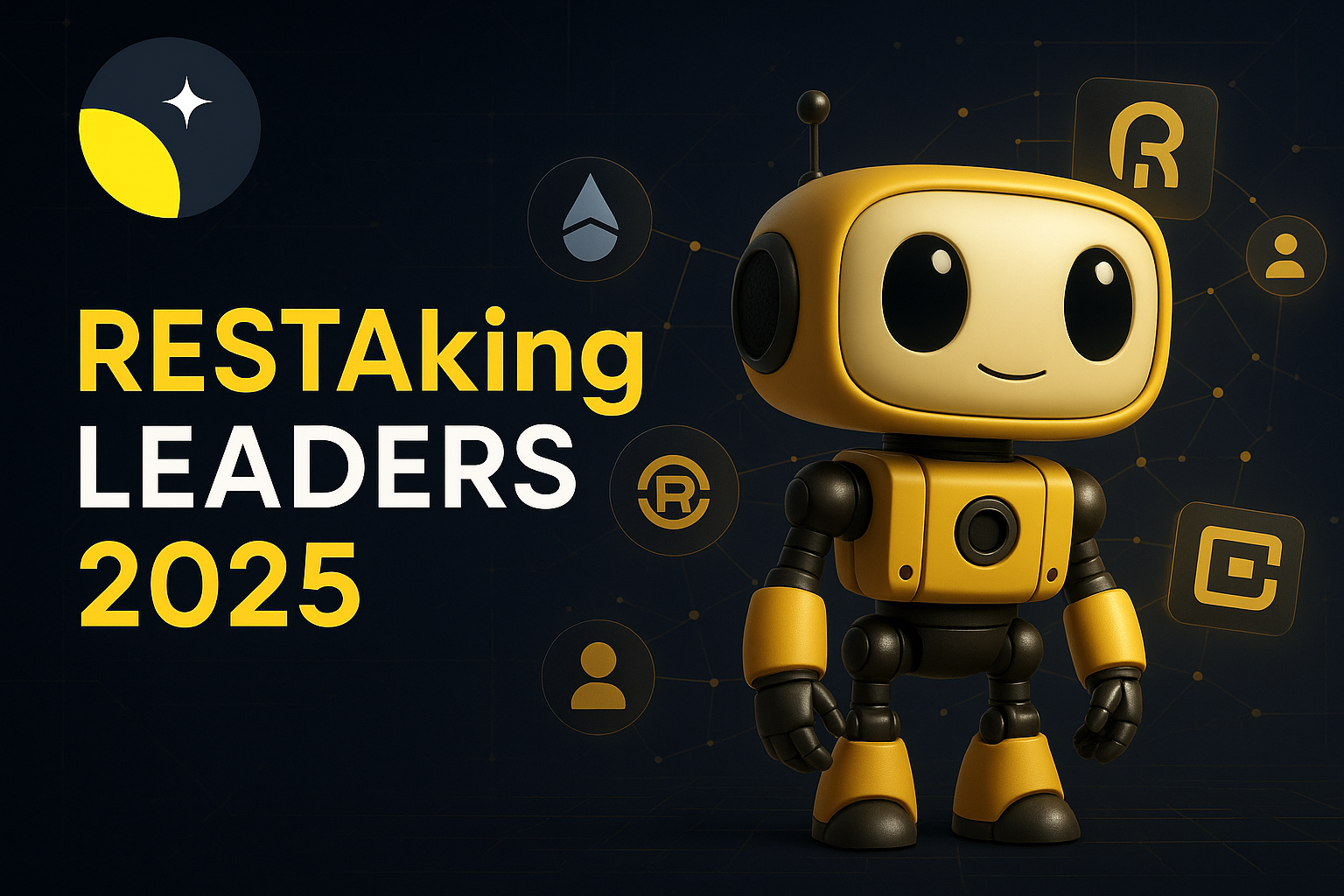


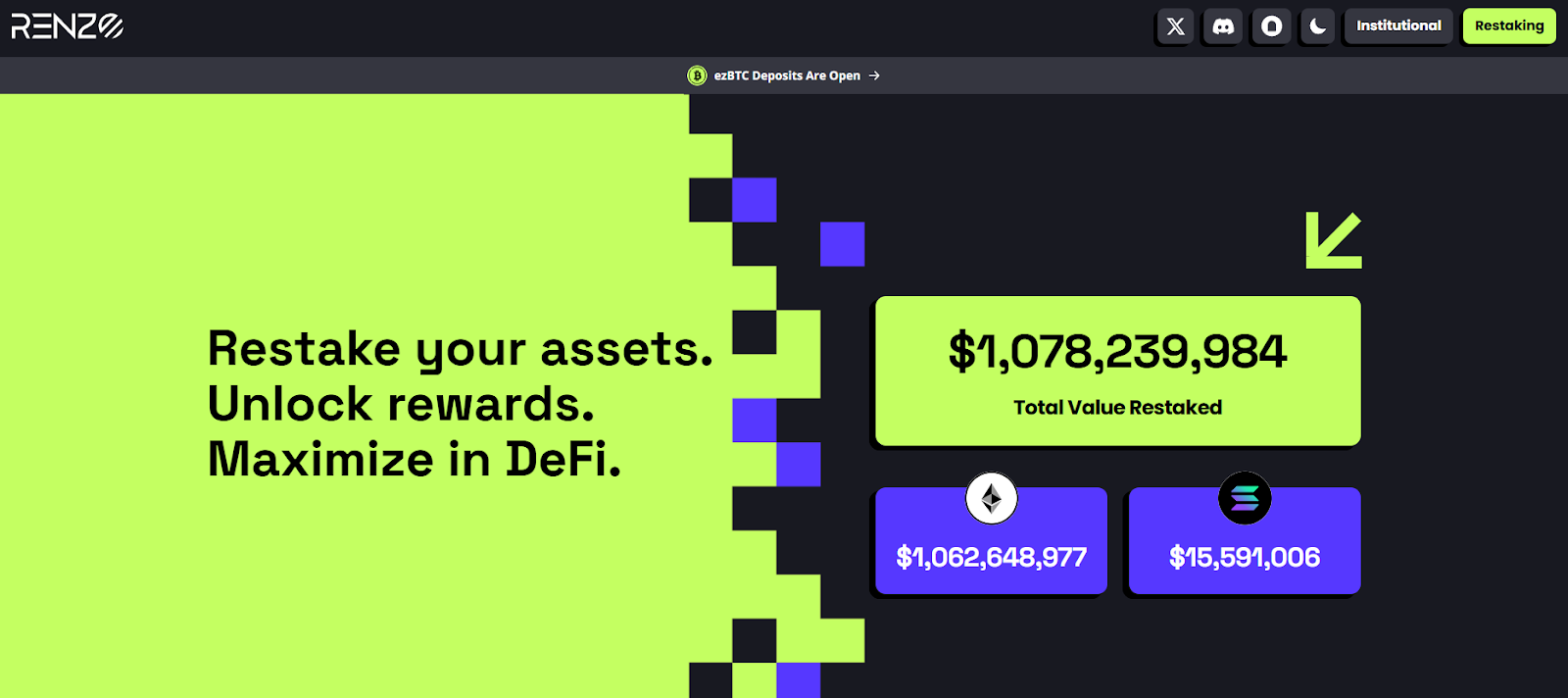
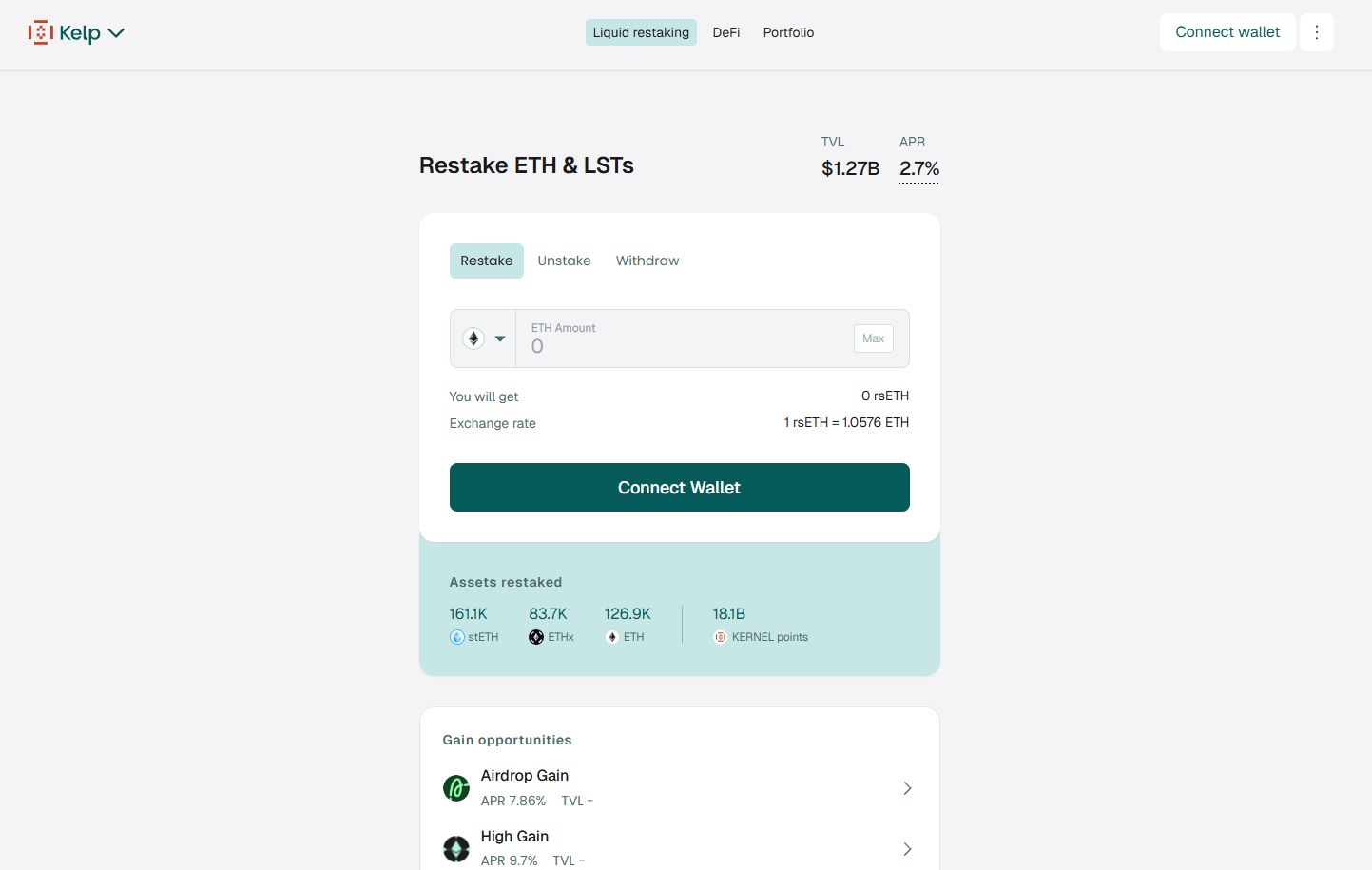



.svg)




.png)